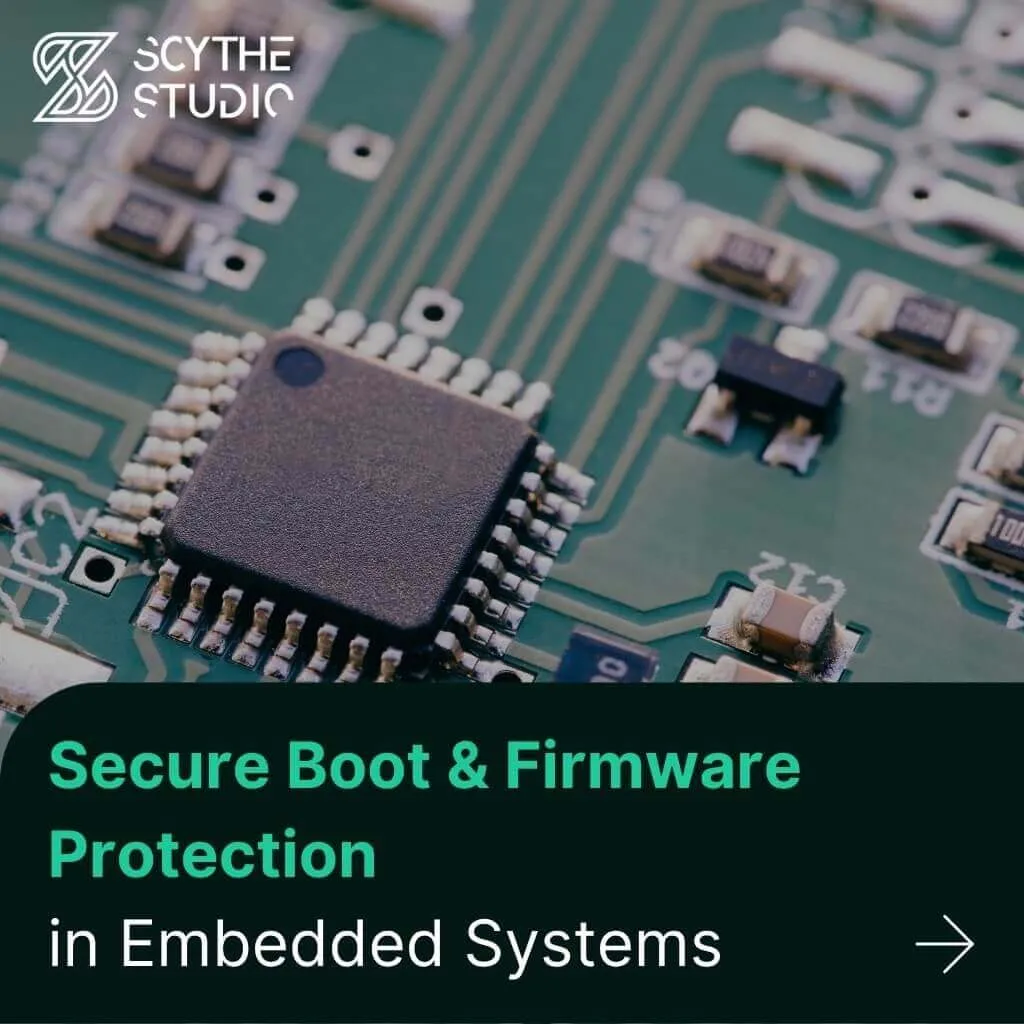
Secure Boot and Firmware Protection in Embedded Systems
Users of embedded devices – from industrial controllers to consumer electronics – are often unaware of hidden vulnerabilities that threaten […]

Embedded systems are the hidden workhorses in modern products – from smartwatches and medical devices to cars and industrial machines. At the heart of each embedded solution lies the way its electronic components talk to each other. These embedded systems communication protocols are essentially the “languages” devices use to exchange information. In simple terms, a communication protocol is a set of rules that define how serial data is transmitted and interpreted between devices, ensuring that information passes accurately and reliably. Whether it’s a sensor relaying data transfer to a microcontroller or multiple controllers in a vehicle coordinating in real-time, communication protocols in embedded systems make sure the right data gets to the right place.
Understanding and selecting the right communication protocol is a critical part of embedded development, where engineers must ensure components communicate reliably under the constraints of performance, power, and cost.
This article will demystify these protocols for a non-technical audience, explaining what they are, the types most commonly used protocols, how to choose them, and why they matter for your business.
Imagine you have two different devices – say, a temperature sensor and a controller – and they need to share data. Without a standardized protocol (a shared language), their communication would be chaotic or impossible. A communication protocol sets the ground rules: how fast to send data, how to mark the start or end of a message, and how to check if any errors occurred in transit. In embedded systems, protocols establish a common language that devices must follow to communicate effectively. They define things like the format of the data, serial clock (when to send bits of data), and even error-checking methods to ensure data isn’t corrupted along the way.
Why is this important? Because embedded devices often operate in environments where reliable data transmission is critical – for example, a medical monitor or an automotive airbag system cannot afford miscommunication. Protocols include built-in features for error detection (and sometimes correction) to maintain reliability. For instance, many protocols use techniques like checksums or CRC (Cyclic Redundancy Check) codes that let devices verify if the data received matches what was sent. If an error is detected, the system can request a retransmission or take other corrective action. In short, communication protocols play a vital role in ensuring efficient data exchange, enabling seamless and secure communication between multiple devices.
There are many communication protocols out there, each suited to different situations. However, a handful of them appear frequently in embedded projects. We can broadly divide them into two categories: wired protocols (using physical connections like wires or PCB traces) and wireless protocols (using radio waves). Below, we outline some of the most popular protocols in each category, along with typical use cases, so you can get a sense of where each is used.
| Protocol | Number of Lines | Speed | Duplex | Topology | Typical Use Cases |
|---|---|---|---|---|---|
| UART | 2 (TX, RX) | Low | Half-duplex | Point-to-point | Debugging, GPS, Bluetooth modules |
| SPI | 4+ (MOSI, MISO, SCLK, SS) | High | Full-duplex | Master–Slave | Sensors, SD cards, displays |
| >I²C | 2 (SDA, SCL) | Moderate | Half-duplex | Multi-master/slave | RTCs, OLEDs, EEPROM |
| CAN Bus | 2 (differential pair) | Moderate | Multi-master | Bus | Automotive, noisy environments, ECUs |
| USB | 4 | Very High | Full-duplex | Host–Device | PC interfaces, external peripherals |
| Ethernet | 4–8 | Very High | Full-duplex | Network (star) | LAN, industrial systems, high-speed comms |
UART is one of the simplest asynchronous serial communication protocols. It’s been around for decades and remains a staple for point-to-point communication. UART uses two lines (wires) – one for transmitting data and one for receiving – but notably it has no shared clock signal (it’s asynchronous). Instead, it adds special start/stop bits to each data packet so the receiving end can synchronize to the sender’s timing. UART communication is typically half duplex communication (data can go one way at a time on the pair of lines). Despite its age, UART is widely used for its simplicity and reliability over short distances.
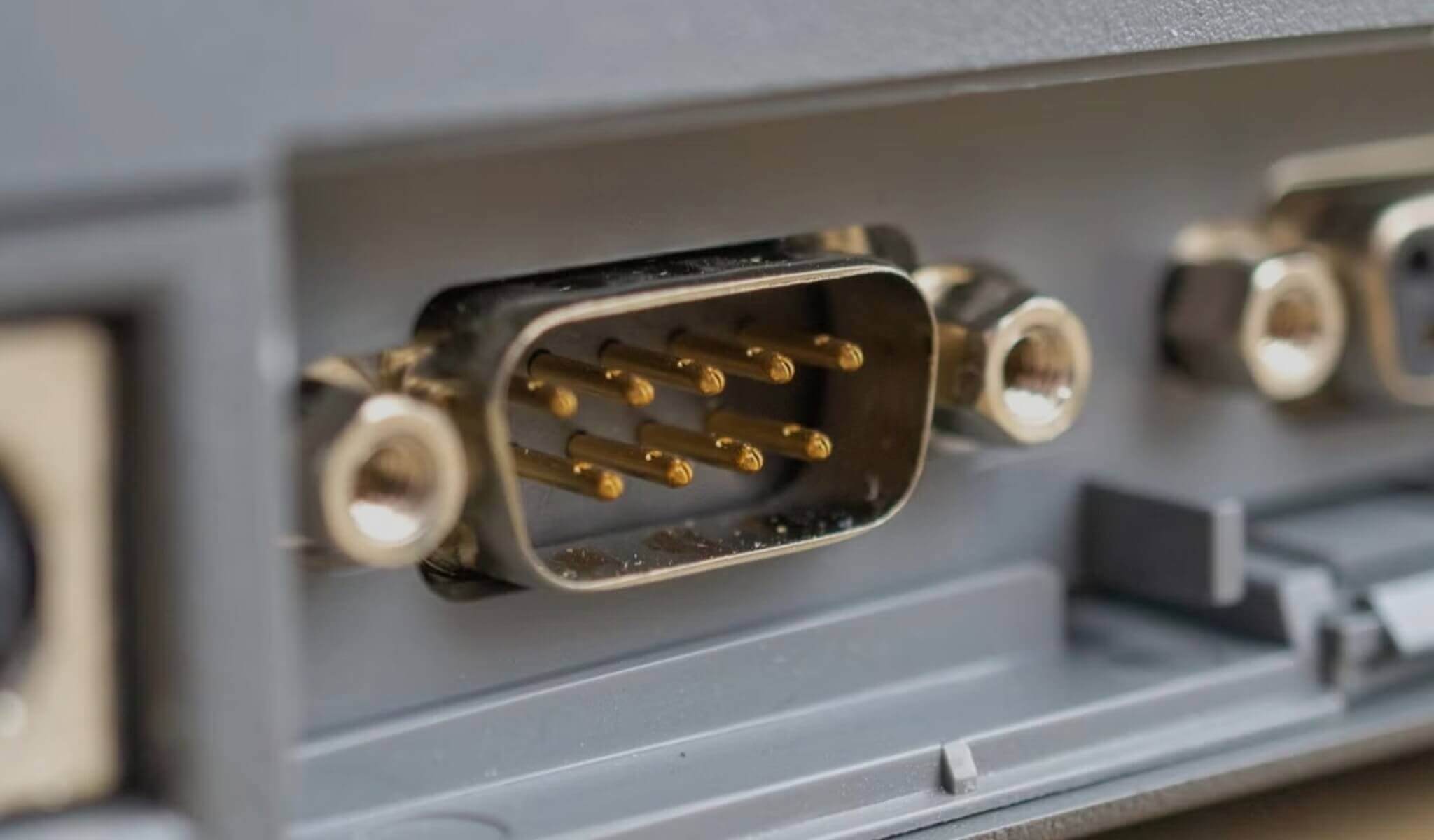
SPI is a very widely used full duplex communication protocol for high speed data transfer between a master device (often a microcontroller) and one or more slave communication protocols (such as sensors, displays, or memory chips) on the same board. SPI uses four connection lines: two data lines (MOSI – Master Out Slave In, and MISO – Master In Slave Out), a serial clock line (SCLK) driven by the master, and a slave select line (SS) to choose which slave device the master is talking to. Because it has a dedicated clock and separate lines for sending and receiving, SPI supports full-duplex communication (data can flow both directions simultaneously) and can achieve very high speeds. SPI is favored in applications where throughput is important – for instance, reading a high-resolution sensor quickly or streaming data to an LCD display.
I²C (pronounced “I-two-C” or “I-squared-C”) is an intra system protocol. Like SPI, it’s synchronous (there’s a clock), but it uses only two wires total: a data line (SDA) and a clock line (SCL) that are shared by all devices on the bus. I²C is a widely used protocol designed to allow multiple “master” and “slave” devices on the same two-wire bus through addressing. It’s a half-duplex protocol (communication one direction at a time) but supports many devices with minimal wiring.
When it comes to networking multiple microcontrollers or devices in a noisy environment, where reliable communication is essential, Controller Area Network (CAN) is king. CAN bus was originally developed for automotive systems – think of all the electronic control units (ECUs) in a modern car (engine, transmission, ABS brakes, airbags, etc.) that need to communicate in real time. A CAN bus is a multi-master serial network that typically uses two wires (a twisted pair) to connect all nodes. Unlike UART, SPI, or I²C (which are often limited to a single device or a few devices on one board), a CAN bus can link dozens of controllers across a vehicle or industrial system.
What makes CAN special? It’s designed for robustness and reliability, even in electrically noisy environments like an automobile factory or a vehicle’s engine bay. CAN wiring uses differential signaling (the two wires carry opposite signals) to cancel out electromagnetic interference, and the protocol has built-in error detection and fault confinement. In fact, CAN is known for its resistance to electromagnetic interference and error-handling capabilities – it will automatically detect communication errors and retry transmissions, and nodes that misbehave can remove themselves from the bus. CAN messages include error-checking codes and a form of priority arbitration, so critical messages get through first.
These are examples of inter system protocol, often bridging embedded devices with other devices such as computers or networks.. Technically, these are communication protocols too – just operating at higher data rates and often more complex layers. The USB protocol (Universal Serial Bus) is common for connecting external peripherals to an embedded device, while Ethernet enables network or internet communication for embedded products. Both protocols support robust error detection and high-speed data transmission, but they usually require more advanced hardware and software support.
Not all embedded devices communicate over wires; many modern systems use wireless links, especially in the age of the Internet of Things (IoT). Choosing the right wireless protocol is crucial for balancing range, power consumption, and data needs. Here are some of the key wireless communication standards you might encounter.
| Protocol | Range | Power Usage | Speed | Topology | Typical Use Cases |
|---|---|---|---|---|---|
| BLE | ~10–30 m | Very low | Low | Star / Mesh | Wearables, sensors, phone-connected devices |
| Wi-Fi | >~30–50 m (indoor) | High | High | Infrastructure | Smart cameras, cloud-connected devices |
| Zigbee | ~10–20 m / hop | Low | Low | Mesh | Smart home (lights, sensors, locks) |
| Thread/Matter | 10–100 m (mesh) | Low | Low | Mesh | Next-generation smart home, interoperable devices |
| LoRaWAN | ~2–10 km | Ultra-low | Very low | Star (via gateway) | Remote sensors, agriculture, meters |
| Cellular | National/global | Medium–High | Medium–High | Infrastructure | Asset tracking, remote telemetry, vehicles |
Bluetooth Low Energy is a wireless protocol designed for short-range, low-power communications. It’s a variant of Bluetooth optimized for low power devices that need to run on small batteries (like coin cells) for long periods. BLE is widely used in wearables, medical sensors, and smart home devices. One major advantage of BLE is its presence in nearly all smartphones and tablets, making it ideal for smart device to phone connectivity.
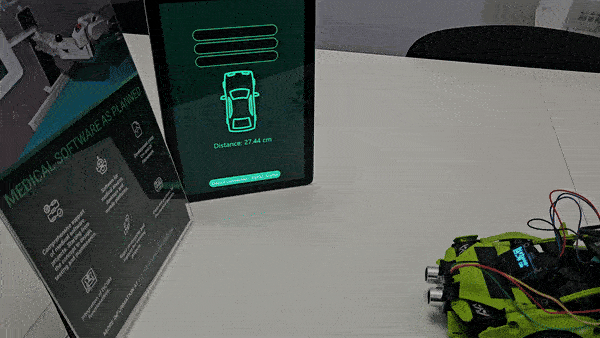
Qt Bluetooth test
It is known for:
BLE supports simple star topologies (central hub with peripherals) and even mesh networking with newer versions.
Wi-Fi is the standard wireless protocol used by laptops and home devices to connect to the internet. Many embedded systems also use Wi-Fi, especially when they need to send data to the cloud or local servers. While not always optimal for achieving peak system performance, it remains key for products needing robust internet access and high bandwidth.
Key characteristics:
Despite its power draw, Wi-Fi is preferred when broadband connectivity is needed or when existing infrastructure (routers) can be leveraged.
Zigbee and Z-Wave are wireless protocols designed for smart home and building automation. Both are suitable for short-message communication in distributed inter bus system topologies that are common in smart home networks and devices like sensors and actuators.
Key differences:
They use license-free radio bands and include built-in encryption.
Thread is a low-power, IPv6-based wireless mesh networking protocol designed specifically for smart home and IoT environments. It operates in the 2.4 GHz ISM band and was created to address the limitations of earlier technologies like Zigbee. What makes Thread notable is its focus on security, reliability, and scalability for device-to-device communication without needing a central hub.
Matter is a newer, open-source application layer protocol developed by the Connectivity Standards Alliance (formerly Zigbee Alliance), aiming to unify smart home devices across manufacturers. Matter runs over existing IP-based networks like Ethernet, Wi-Fi, and Thread—making Thread a key transport layer for Matter in low-power IoT applications.
Key features:
Together, Thread and Matter are setting the foundation for the next generation of interoperable smart home systems.
Low-Power Wide Area Networks (LPWANs) like LoRaWAN and SigFox are used when devices need long-range communication and ultra-low power consumption, but can tolerate very low data rates.
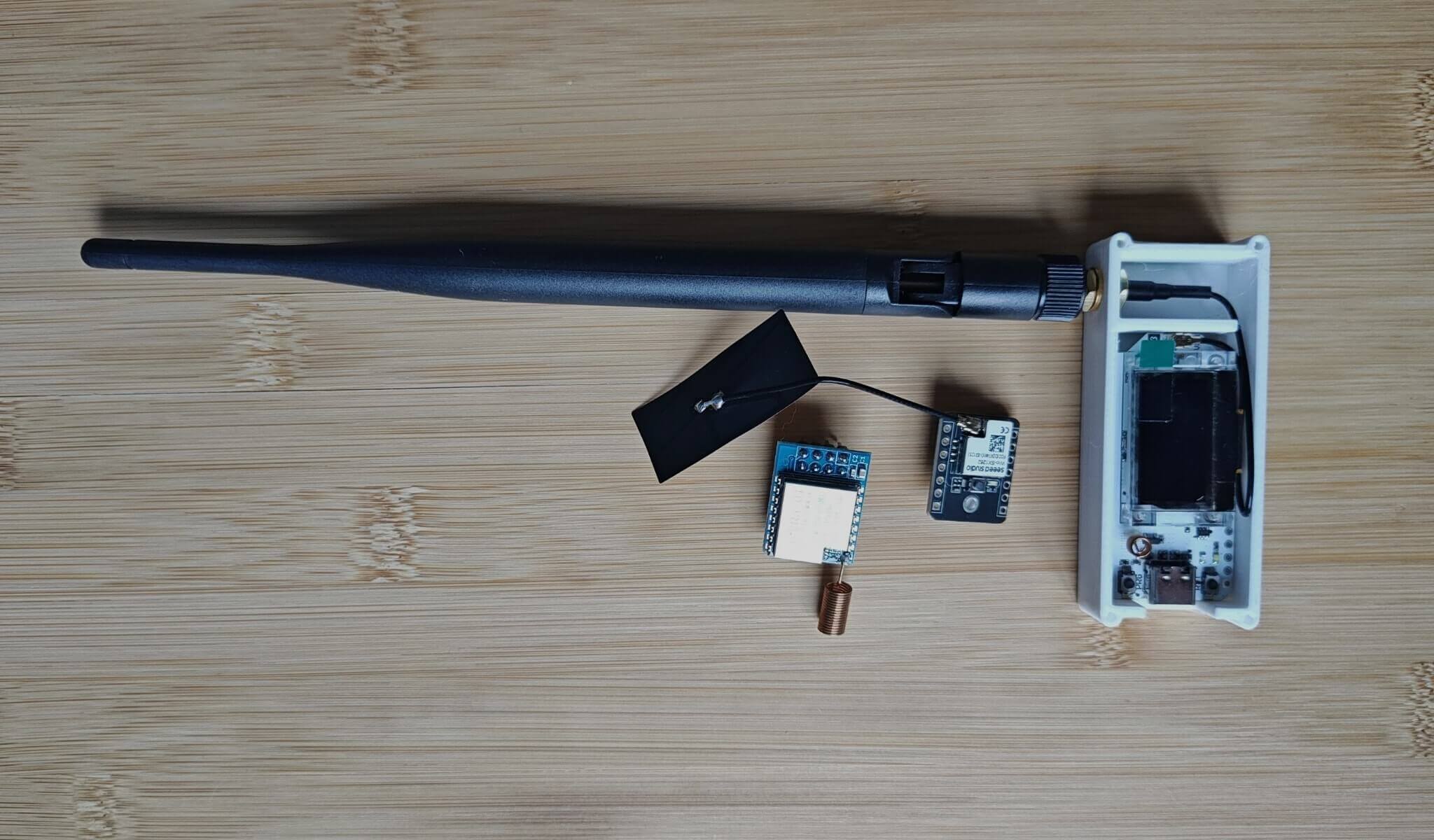
Characteristics:
These protocols prioritize robustness and range over speed.
Cellular protocols enable wide-area connectivity for embedded systems, particularly in remote or mobile applications. They allow embedded products to function in mobile contexts, such as connected medical equipment transmitting patient data from remote locations, e.g., ambulances or home-based monitors. Traditional cellular (3G/4G/5G) supports high-speed communication but at a higher cost and power consumption. Recently introduced standards like NB-IoT and LTE-M address these issues for IoT-specific use cases.
Characteristics:
In summary, wireless protocols abound in embedded systems.The choice often boils down to range vs. power vs. data needs. A smart home device might use Zigbee or BLE because it doesn’t need long range and must conserve battery, while an industrial IoT sensor on an oil pipeline might use LoRaWAN to cover kilometers. A wearable medical sensor could use BLE to send data to a phone (short range, low power), whereas a connected car uses cellular to send telemetry to the cloud (long range, higher bandwidth). It’s common to integrate multiple protocols in one product too – for instance, a modern car has Bluetooth for connecting to your phone, Wi-Fi for software updates, and CAN bus internally for vehicle systems.
From a business perspective, selecting the appropriate communication protocol for your embedded project is a critical decision. It’s not just a technical detail – it can influence your product’s performance, reliability, power usage, interoperability, and development cost. Here are some key aspects and common questions:
| Key Question | What to Consider | Recommended Protocols / Notes |
|---|---|---|
| How much data? How fast? | Small sensor values vs. large files / video | UART, I²C, BLE (low data) · USB, Ethernet, Wi-Fi (high throughput) |
| How far is the communication? | On-board vs. across rooms / outdoors | SPI/I²C/UART (short range) · CAN, Ethernet (mid) · Zigbee, LoRaWAN, Cellular (long) |
| How many devices need to talk? | One-to-one, one-to-many, or many-to-many | UART/USB (point-to-point) · CAN/I²C/Zigbee/Thread (bus/mesh) · Ethernet (network) · |
| Is it a noisy or industrial environment? | EMI, motors, RF interference | CAN, RS-485, USB (differential + error checking) · Avoid UART/SPI in noisy areas without shielding |
| Is real-time delivery critical? | Strict timing, priority messages | CAN (message arbitration) · TSN Ethernet · Dedicated lines for real-time |
| Battery-powered or energy-limited? | Sleep modes, radio duty cycling, data rate | BLE, Zigbee, LoRaWAN (ultra-low power) · Avoid Wi-Fi/Cellular unless powered continuously |
| Need to connect to phones/computers? | Smartphone compatibility, PC interfaces | BLE, Wi-Fi, USB – supported natively by mobile and desktop platforms |
| Need to integrate with existing systems? | Industry protocols, ecosystem compatibility | CAN (automotive), Modbus/OPC-UA (industrial), Ethernet/IP (universal) · Matter enables cross-vendor interoperability in smart home systems |
| Will it be used in smart home ecosystems? | Interoperability, ease of integration, ecosystem support | Thread, Matter – compatible with Apple Home, Google Home, and Alexa · Designed for secure, scalable, and standardized smart home communication |
| Custom protocol needed? | Is there truly no standard that fits? | Almost never. Customize existing ones (e.g., CAN messages, BLE profiles) if necessary |
| Is security a concern? | Sensitive data, risk of tampering | Use protocols with encryption (BLE Secure, WPA/Wi-Fi, Zigbee, Thread, Matter) · Secure application layer if not |
With these considerations in mind, how do you actually choose? It usually involves mapping your application’s requirements to protocol capabilities. A professional engineering team will look at the needs (throughput, range, power, cost, etc.) and typically there will be one or two obvious candidates. Sometimes a hybrid is needed (e.g., an IoT device might use BLE to set up/configure with a phone, but also use LoRaWAN to send data over long range). The good news is that you’re rarely starting from scratch – there are reference designs and prior examples in the field for almost every combination of needs.
Let’s look at a few specific industry domains – automotive, medical, and IoT – and see which communication protocols typically shine in each. This will illustrate how the abstract concepts above translate into real-world choices.
In medical devices and healthcare equipment, the stakes are high. Data from a device could be life-critical (think of a heart rate monitor, insulin pump, or ventilator), so the communication must be rock-solid and often traceable/validated for regulatory purposes. The medical industry tends to be conservative in adopting technology – they favor things with proven track records and standards that ensure interoperability and safety, particularly in medical device software development, where compliance and reliability are paramount.
For many medical devices, especially larger equipment, wired connections are common. Inside complex medical machines (MRI scanners, for example, or even a patient monitor system), you’ll find networks very much like those in industrial or automotive settings. In fact, as noted earlier, many medical device manufacturers chose to use CAN bus – a serial communication protocol developed specifically for reliability in harsh and safety-critical environments. A surgical robotic system, for instance, might use CAN to ensure each motor controller and sensor communicates quickly and without error. The error-checking mechanisms ensuring data integrity in CAN are a big plus for patient safety.
For wearable or portable medical devices (think glucose monitors, blood pressure monitors, fitness/health trackers), Bluetooth Low Energy has become very popular. It allows these devices to sync with smartphone apps or dedicated hubs, transmitting data like blood sugar readings or ECG data wirelessly. BLE hits a sweet spot: it’s low-power (so it won’t drain a wearable’s battery quickly), it’s secure (supports encryption and pairing so data is private), and it’s available on ubiquitous platforms (phones, tablets) which means patients can use their own devices to collect and view data. You might have encountered medical gadgets (like a smart thermometer or an insulin pump controller) that pair with your phone via Bluetooth – that’s BLE at work.
The automotive industry is a textbook case for a successful communication protocol strategy. In a typical modern car, there are dozens of electronic control units (ECUs) – for engine control, transmission, braking, steering, airbag systems, infotainment, and even automotive HMI development for driver interfaces. These need to share data continuously while the vehicle is operating, and safety is on the line. In this environment, robust communication protocols play a central role in coordinating the actions of multiple ECUs and ensuring real-time responsiveness. The dominant protocol here is CAN bus (Controller Area Network). As discussed, CAN was literally designed for vehicles, and it provides the reliability, noise immunity, and real-time capability that cars require. In a car, the CAN bus connects critical ECUs; for example, the engine controller can broadcast the current engine speed and temperature, the traction control system can send an alert if a wheel is slipping – and all other units that need that information will receive it, virtually instantaneously. CAN’s built-in error checking and fault tolerance mean that even in the electrically noisy environment of a vehicle (with ignition noise, electromagnetic interference from motors, etc.), messages get through intact or are automatically retried. Moreover, CAN allows for multi-master operation, so any ECU can put a message on the bus when it needs to (subject to priority rules). This decentralization is important – there’s no single point of failure for communication; if one node fails, the others can still talk.
The IoT (Internet of Things) universe is broad, covering smart home gadgets, wearable tech, environmental sensors, and even industrial IoT nodes. What they all share is the need to connect embedded devices to the internet or to each other, often wirelessly and often on a tight energy budget.
The IoT domain requires wireless communication strategies that balance power and performance. In these use cases, selecting the right common communication protocols is critical to maintaining connectivity while optimizing energy use and cost. Especially for battery-powered low power devices, protocol selection impacts usability and device longevity.
Here, the selection of communication protocol can make or break the product experience — as it affects installation, user convenience, battery life, and the ability to scale up to many devices.
In the smart home and consumer IoT space, a few protocols dominate: Wi-Fi, Bluetooth (including BLE), Zigbee, and lately, Thread/Matter (newer standards aiming to unify smart home device communication).
For long-range IoT (smart agriculture, city infrastructure sensors), LoRaWAN and similar LPWAN protocols are widely used. They allow cities or companies to deploy a network of sensors without needing cell subscriptions for each, and still cover large distances. On the flip side, if the use case can justify it and needs real-time or higher data rates, sometimes cellular IoT is used (with NB-IoT or Cat-M1 modems, for example, to track vehicle fleets or connect remote equipment).
As we’ve seen, communication protocols are a foundational element of any embedded system, directly affecting a product’s reliability, efficiency, and compatibility. For decision-makers and business owners, understanding the basics of these protocols helps in making informed project decisions – from ensuring your product will reliably perform in its environment, to planning integration with other systems, and even influencing time-to-market and development cost.
The world of embedded communications is rich with proven solutions. The challenge is rarely inventing a way for devices to talk, but rather choosing the optimal method out of many and implementing it correctly. That’s where having the right technology partner becomes invaluable. It’s not just about engineering – it’s about delivering a solution that meets your business goals (performance, cost, timeline, scalability).
Whether you’re building your first embedded product or scaling an existing solution, the right communication choices can make all the difference. If you’re unsure where to start or want a second opinion on your direction, contact us!
Let's face it? It is a challenge to get top Qt QML developers on board. Help yourself and start the collaboration with Scythe Studio - real experts in Qt C++ framework.
Discover our capabilities
Users of embedded devices – from industrial controllers to consumer electronics – are often unaware of hidden vulnerabilities that threaten […]

Graphical user interfaces (GUIs) are becoming more and more important in embedded devices – from home appliances to medical equipment […]
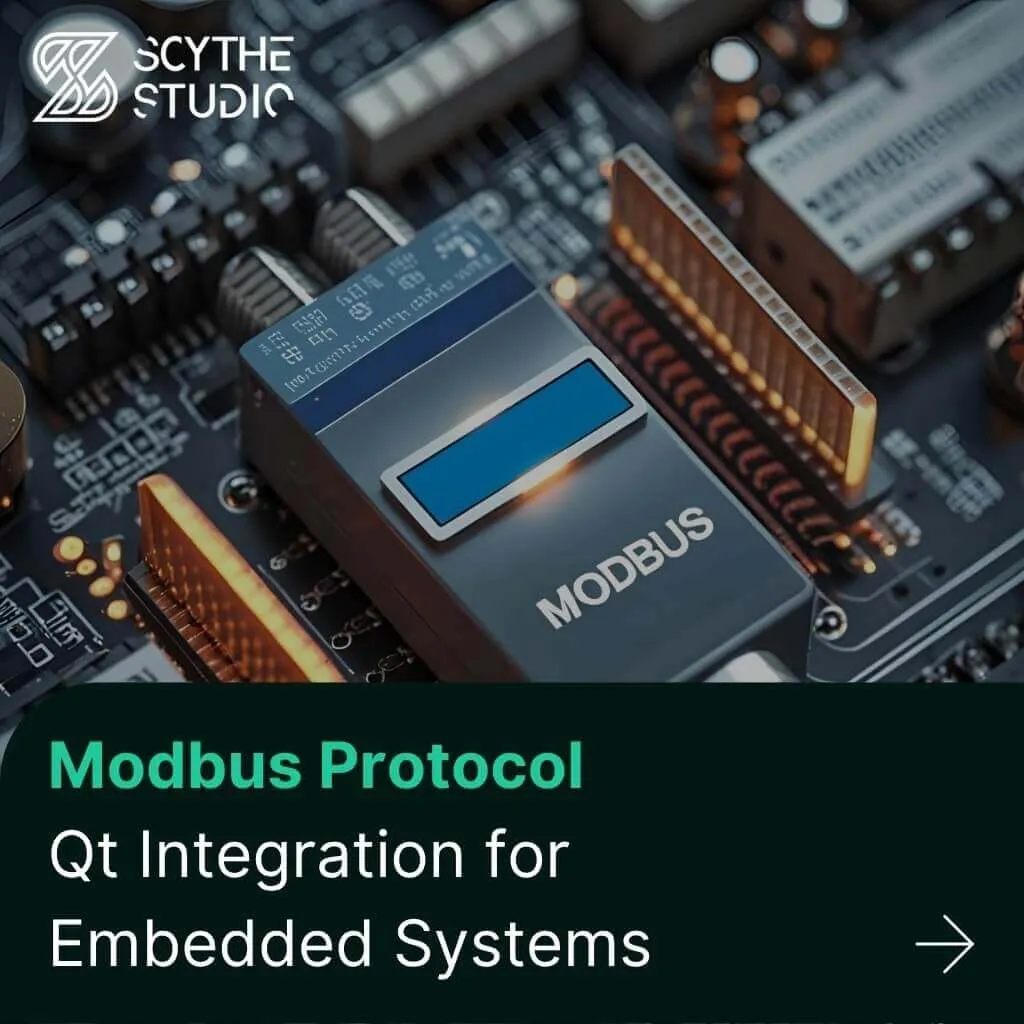
Technical managers in the embedded space often face a classic challenge: integrating industrial communication protocols into modern applications. One such […]